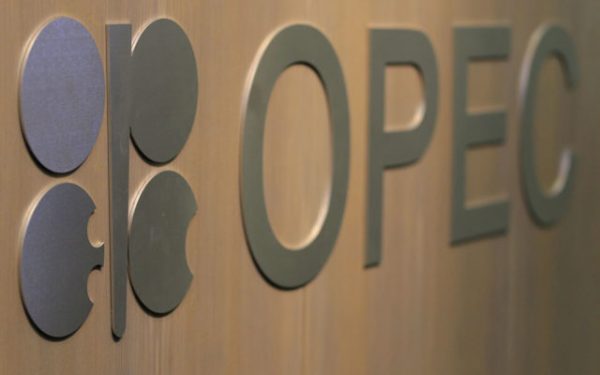OPEC admits United States shale may crash oil price
 The Organisation of Petroleum Exporting Countries (OPEC) has admitted for the first time that the growing crude oil output from the United States (U.S.) may threaten the price of crude oil despite efforts to rebalance the market.
The Organisation of Petroleum Exporting Countries (OPEC) has admitted for the first time that the growing crude oil output from the United States (U.S.) may threaten the price of crude oil despite efforts to rebalance the market.
OPEC, in its monthly report yesterday, upgraded expected supply from non-members, saying that the output was surging beyond expectations.
Though the price inched up yesterday with Brent standing at $64.66 and U.S. West Texas Intermediate (WTI) at $60.82 per barrel, OPEC indicated that progress of the price cut agreed among members might become very slow.
The world’s biggest oil producers late last year agreed on a nine-month extension of an existing deal curbing production throughout this year to shrink stockpiles and keep prices above $60 per barrel but the recent development may force the price to dip.
While OPEC had cut forecast for demand for the fourth consecutive time by 250,000 bpd to 32.61 million, the price of oil has already witnessed loss by one per cent this week. Oil had rallied to a three-year high in January.
According to the report, in February, the OPEC Reference Basket (ORB) dropped five per cent month-on-month, lower for the first time in six months, to average $63.48 per barrel.
The report stated that oil futures ended lower, adding that the sell-off in crude oil futures started early in the month with oil prices pulled lower, as major U.S. stock markets declined sharply and the dollar firmed.
The report noted that world oil supply in February 2018 increased by 0.37 million barrel per day month-on-month to average 98.20 mb/d, representing an increase of 1.66 mb/d year-on-year, adding that preliminary non-OPEC oil supply in February, including OPEC NGLs, was up by 0.45 mb/d month-on-month and rose by 1.71 mb/d year-on-year to average 66.01 mb/d.
OPEC said world oil demand in 2018 is expected to rise by 1.60 million b/d to average 98.63 mb/d. This is marginally higher than last month’s assessment.







